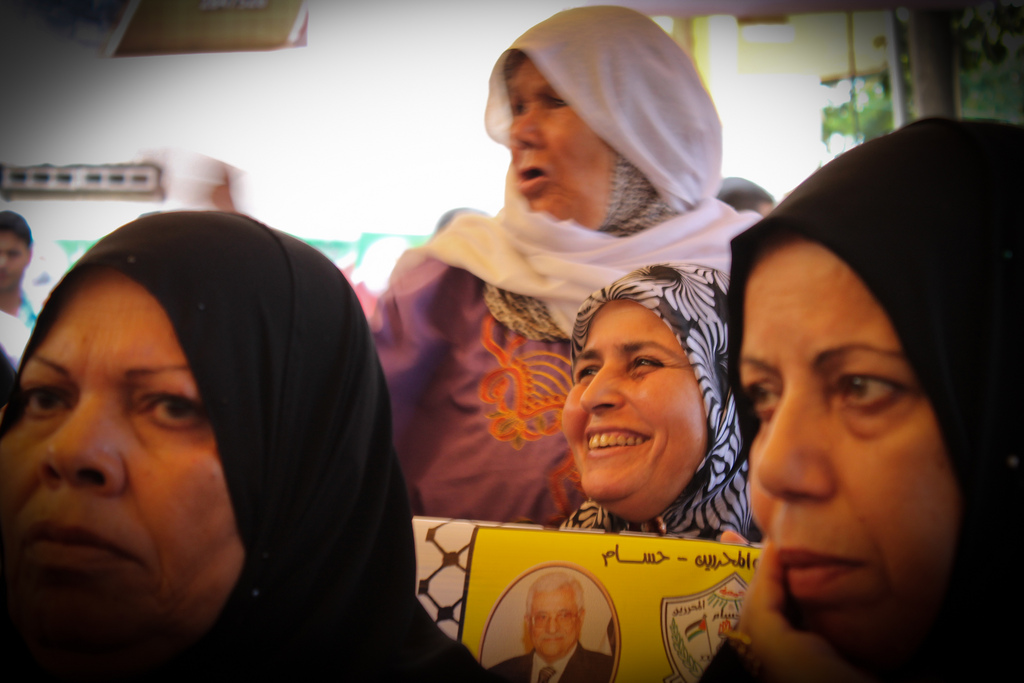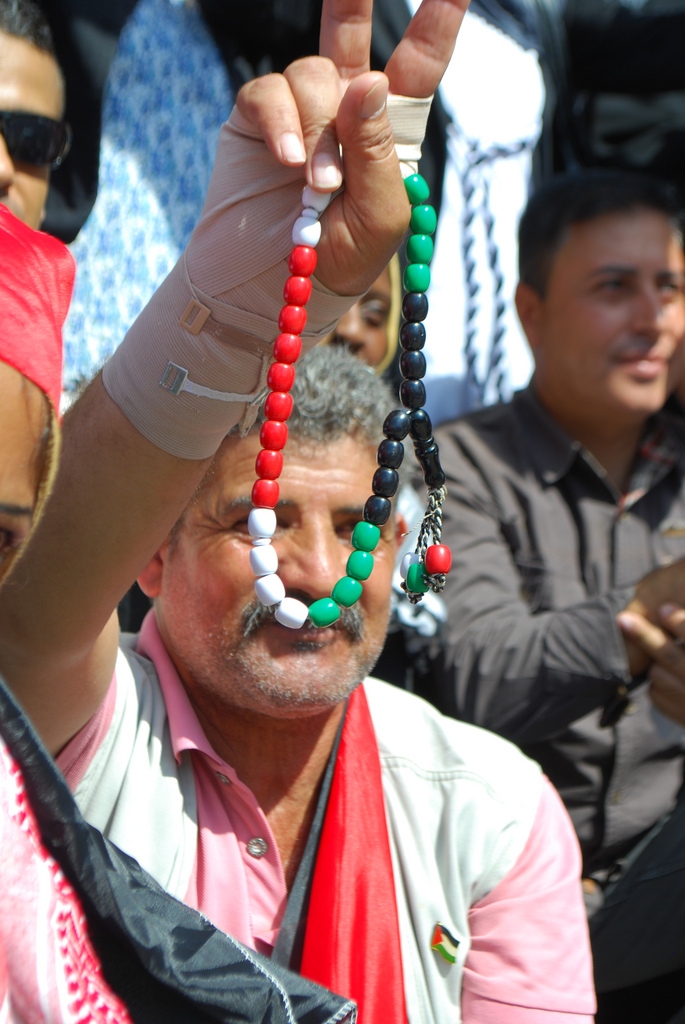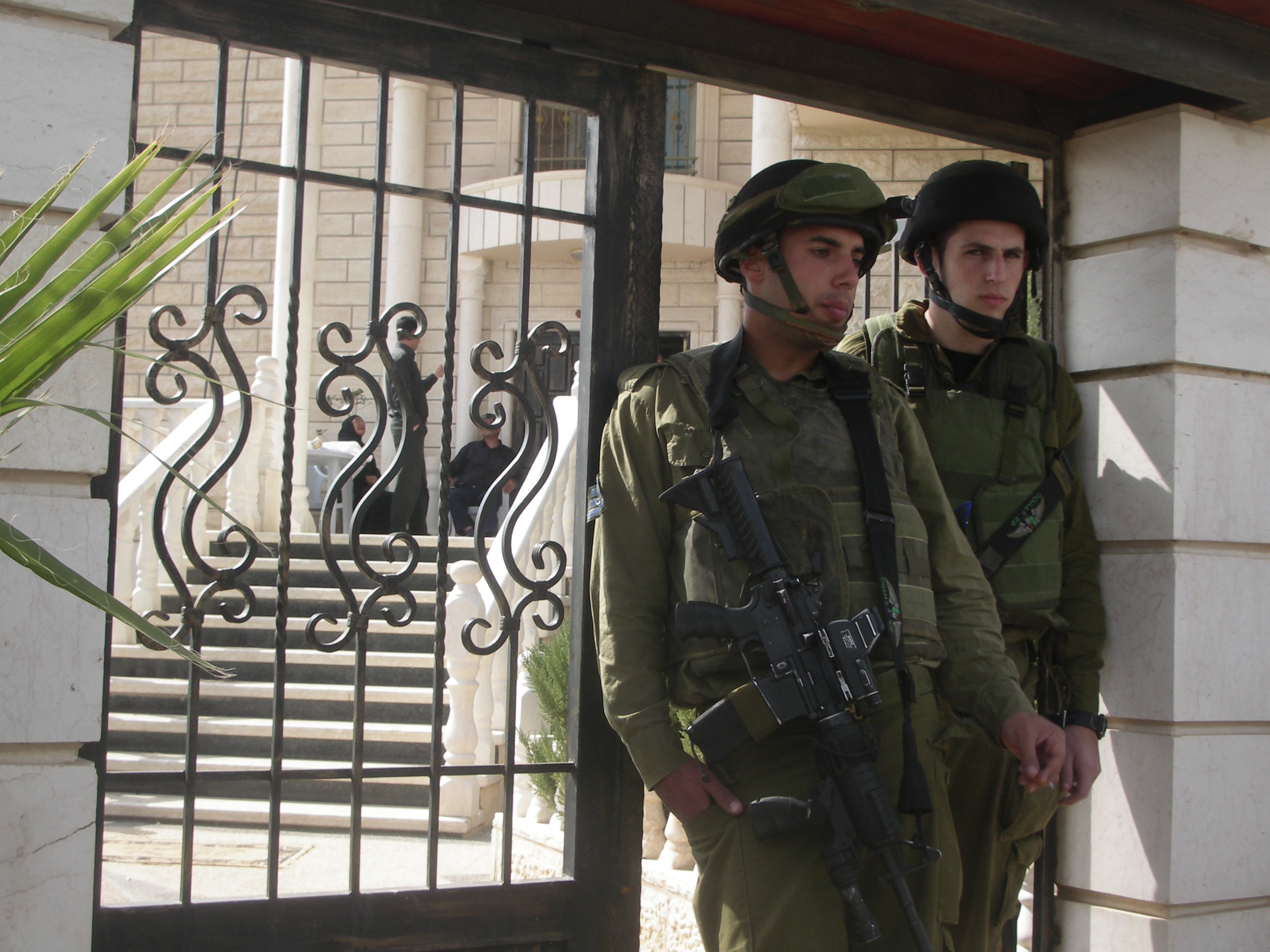Category: Gaza
-
Refusing to forget Palestinian political prisoners in Gaza
11th October 2013 | International Solidarity Movement, Charlie Andreasson | Gaza, Occupied Palestine Every Monday here in central Gaza City a demonstration is held, and has been since 1994 or 1995. It was the first time I attended, though I’d probably call it a meeting more than a demonstration. Around 200 people had gathered in a…
-
Photos: Activists in Gaza form human chain for Palestinian detainees
5th October 2013 | International Solidarity Movement, Gaza Team | Gaza, Occupied Palestine On Thursday afternoon, Activists for Prisoners organized a human chain outside the International Committee of the Red Cross’ Gaza City office to support Palestinians detained by Israel.
-
Israeli forces use excessive lethal force killing Palestinian civilian and wounding and arresting another in the north of the Gaza Strip
2nd October 2013 | Palestinian Centre for Human Rights| Gaza, Occupied Palestine In an excessive use of lethal force, on Monday, 30 September 2013, Israeli forces killed a Palestinian civilian, and wounded another one before arresting him, near the border fence, east of Beit Hanoun in the north of the Gaza Strip. According to investigations conducted…



